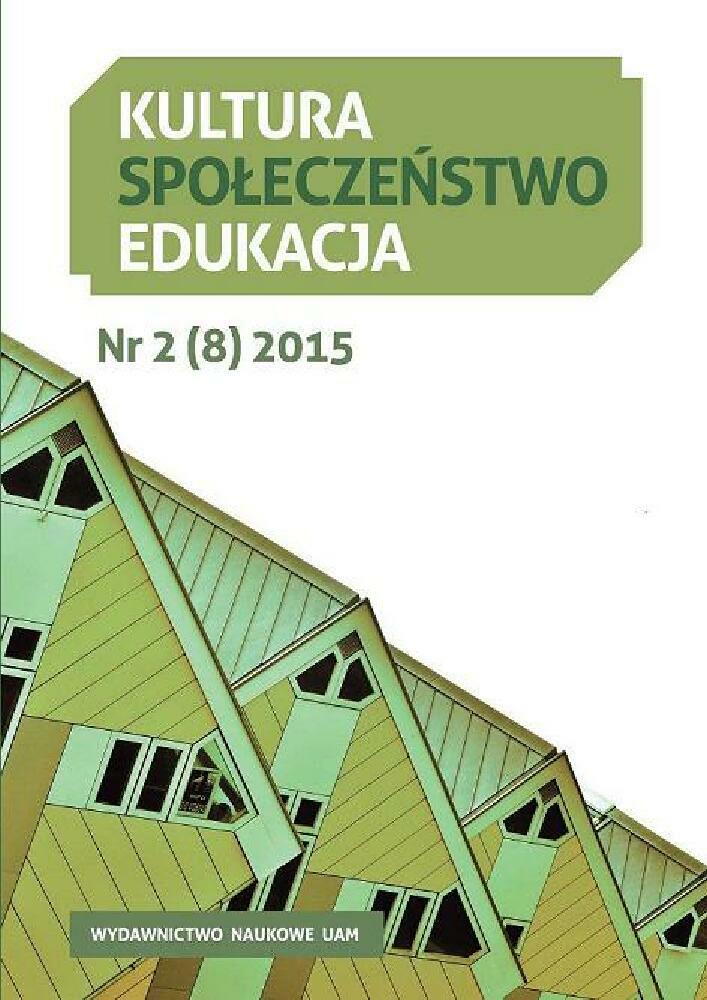Abstract
The author refers to the term "aesthetic appearance," which was shaped in the mid-eighteenth century, mainly in German philosophy and aesthetics. He stresses that its appearance coincided, not without reason, with aesthetics be coming an autonomous philosophical discipline. That was the foundation for the subsequent understanding of aesthetics as the sc ience about art. The author is particularly interested in the philosophical system of Georg WF Hegel, for whom learning about art plays a special role - it represents just one of the many forms of knowledge, also being the first - in terms of quality and history - form of the development of self-awareness, ie. be coming a spirit. Ambiguity of the con cept of aesthetic appearance results from the inability to separate it from the category of illusion, falsehood and truth, ideas, inscribed in the structure of each work of art. The art of painting does not escape this law. According to Hegel, implacable, phenomenal structure of painting is defined by the perceptual process itself. Paintings make us enter the current presence of daily life that is similar to our everyday lives, as well as they cut all the threads of needs and inclinations, likes and loathing and they show us these items in their specific fullness of life as goals for themselves. Painting, as a uniform pictographic visualization of subject and object proximity includes an immanent game providing knowledge and a kind of a semantic core.References
Adorno Th.W. (1991). Teoria estetyczna, tłum. K. Krzemieniowa. Warszawa.
Alpers S. (1983). The Art of Describing. Dutch Art in the Seventeenth Century. Chicago.
Baumgarten A.G. (1750) Aesthetica.
Beiser F.C. (2005). Schiller as Philosopher. New York.
Białostocki J. (1987). Estetyka obrazu. [W:] J. Białostocki. Refleksje i syntezy ze świata sztuki. Cykl drugi. Warszawa.
Didi-Huberman G. (2011). Przed obrazem. Pytanie o cele historii sztuki, tłum. B. Brzezicka. Gdańsk.
Hegel G.W.F. (1963). Fenomenologia ducha, t. I, tłum. A. Landman. Warszawa.
Hegel G.W.F. (1964-1967). Wykłady o estetyce, t. I-III, tłum. J. Grabowski, A. Landman. Warszawa.
Hegel G.W.F. (1968). Nauka logiki, t. II, tłum. A. Landman. Warszawa.
Kant I. (1986). Krytyka władzy sądzenia, tłum. J. Gałecki. Warszawa.
Marin L. (2011). Pochwała pozoru, tłum. J. Bodzińska. [W:] L. Marin, O przedstawieniu. Gdańsk.
Markowski M.P. (1999). Pragnienie obecności. Gdańsk.
Platon. (2005). Fajdros, tłum. W. Witwicki. Kęty.
Poltner G. (2011). Estetyka filozoficzna, tłum. J. Zychowicz. Kraków.
Rosen S. (2014). The Idea of Hegel’s Science of Logic. Chicago-London.
Schiller F. (1972). Listy o estetycznym wychowaniu człowieka i inne rozprawy, tłum. I. Krońska, J. Prokopiuk. Warszawa.
Seel M. (2008). Estetyka obecności fenomenalnej, tłum. K. Krzemieniowa. Kraków.
Wunenburger J.J. (2001). Filozofia obrazów, tłum. T. Stróżyński. Gdańsk.
Ziemba A. (2005) Iluzja a realizm. Gra z widzeniem w sztuce holenderskiej 1580-1660. Warszawa.
License
Copyright (c) 2016 Andrzej Drohomirecki

This work is licensed under a Creative Commons Attribution-NoDerivatives 4.0 International License.
